LHAGONG
Arriving in Lhagong in the early afternoon, the first sight we saw was a huge, extremely shiny and new gold chorten on the outskirts of town. Outside the chorten, were crowds of nomads with horses, all decorated and saddled in colourful bits of cloth and ribbons, surrounded by hordes of Chinese tourists. The driver let off the Chinese in the car there to take photos, but I decided to head into town first. I didn't want to waste time searching for a hostel, so went and dumped my stuff at the first one I saw, which turned out to be the Snowland Guesthouse right beside the Lhagong temple. Fell in love with Lhagong just moments after arriving. It's a beautiful town/village, with the main and only road through town lined on either side with more of the lovely stone buildings, and a large cobbled square in the centre of town in front of the Lhagong monastery grounds. It's a real cowboy town, with nomads dressed the way they would have centuries ago, riding into town on their horses, although, however romantic that may appear, is more for the benefit of getting money out of the tourists than for any pratical reason. Still, although many nomads use motorbikes now, there are still many who still do use horses and yaks as the most practical form of transportation, especially for those living up in the remote hill areas during the summer camp periods, before they move back into houses for the winter.
I decided to check out Lhagong monastery first, since I was right there, and paid the 10 yuan ticket to get in. It's complex of beautiful old buildings, and belongs to the Sakya sect. The most interesting thing about the place was the Jowo temple, one of the temples built by Songtsen Gampo and his wives when they set out to build temples to subdue the ogress sprawled out over the Tibetan plateau. The most famous of these is the Jokhang temple in Lhasa of course, which is said to pin down the actual heart of the ogress, and still has a small well of water which is said to be the ogress' blood. But spread out from Lhasa are more rings of temples, pinning down first the ogress' shoulders and knees, and the farthest ring pinning down her hands and feet. I think the one here is supposed to be one of the farther ring. Inside the Jowo temple here is a beautiful Sakyamuni statue, the heart of the temple, and sacred to pilgrims for miles around. This temple, like the one in Thrika, is usually the first stop for local pilgrims before a pilgrimage to Lhasa.
After exploring inside the temple area, I walked back through an unkept field of weeds and nettles to check out the virtual forest of several hundred chortens of variying sizes, shapes and colours behind the temple.
After that, I decided to climb up to another small monastery I saw overlooking the town, at the base of the Chenresig mountain. I'd been told by one of the monks that Lhagong is sacred because of the 4 mountains surrounding the town. The main, and highest peak is covered with dungchen poles and prayer flags, and a huge OM MANI PADME HUNG on the hillside. This is of course the mountain dedicated to Chenresing, and is flanked by two others, dedicated to Jamphelyang and Chana Dorje respectively, thus completing the Rig Sum Gonpo trinity of the deities to compassion, wisdom and power. The fourth is a bit farther out of town, and is dedicated to Dolma. However, after I got past the houses on the outskirts of town, and tried to get to the monastery, I found that I'd have to cross a river, which was running very quickly, and looked bloody cold! There were spits of stones, but it was impossible to tell how deep the deepest areas were, and I could see no sign of any bridge. But farther down, there were a few kids washing clothes, as well as a monk or two, so I walked down to ask where the river was fordable. Chatted for a while, and then they showed me where I could cross. Hiked my jeans up to my knees, slung my bag over my shoulder and started sloshing across. It was only mid-shin deep for most of the way, but it was running really fast, and it was a bit of a struggle to keep from slipping on the slick rocks. It was also freezing cold glacier fed water, and I had no desire to slip and fall in, first because it was so cold, and second because the monks and kids were watching the progress of the strange foreigner trying to cross the river rather than walking back the mile and half through town to the bridge they had told me about! Finally made it across, though it got kee deep at one point, and soaked the bottoms of my jeans, and clambered up the bank to dry my feet on the sunwarmed grass on the other side, much to the amusement of several pilgrims toiling up the hillside to the monastery. Started climbing after them, and walked through the temple gates, leaving the pilgrims to carry on the kora trail. The monastery compound looked dead, saw noone around despite the open gates, and finally a monk appeared in response to my call, looking astonished to see a foreigner there, and even moreso to find one who could speak Tibetan. he called another monk with the key to open the brand new prayer hall, still not quite completed inside, and after I came out, found two other monks waiting with the first two, and a meal of rice and vegetables spread out on the grass. Sat down to chat for an hour, and ended up spending the whole afternoon, talking and laughing. It turned out they were all Sakya monks, from Lhagong monastery, who had all been to India, two of them for more than 10 years. We knew many of the same places and people and had great fun reminiscing. They were in this new building to do computer work for the monastery, typing old texts into 4 computers, so as to save ancient texts and make it more easy to print them into books. They did no work that afternoon though, as we sat in the sun, sheltered from the biting wind, and drank endless cups of tea. Finally, at 5pm, they closed the gates, and returned into town, walking back this time along the track beside the river to the bridge, after they laughed heartily at my story of crossing the river. Back in town, we met up with another friend of theirs, and went for dinner together, then walked out towards the gold chorten that I'd passed on the way into town, not going in, but bypassing all the tourists to climb up the nearby hill overlooking town, to sit and talk for a while longer, and tehy told me alot of the stuff that had been happening in the town over the summer. Finally it got too cold to sit in the wind any longer, and we returned to town, but not before one of them told me not to stay in the hotel the next day, but to move to his home in town, where his mother and neices ran a small guesthouse. My original plan had been to move on to Danba the next day, then go back to Dartsedo, but decided I liked Lhagong enough to stay there longer. So went back to the hostel and climbed into my lovely warm bed that night, complete with an electric blanket, no less, and woke early the next morning to continue my exploration of the town and surrounding area. The monks wanted me to meet them again that day, but figured going too early would stop them from another day's work, so headed back over the bridge to another small track towards a small Nyingma monastery they had told me about the previous night. Met up with a woman pilgrim on the way, so we walked and talked together, crossing a stone bridge covered in prayer flags on the way. Walked up to the temple gates, but they were locked, and despite the woman's requests to let us in, we were told there was an important prayer session of some kind going on for a few days, and noone was permitted in. She headed off back to town, and I wandered around for a while, checking out a huge pile of mani stones nearby, and following the river back across the grassland to the bridge. Stopped in town for a quick breakfast, then carried on out the other way, figuring I really ought to check out the gold chorten, despite the fact that it looked alot more touristy than my taste prefers. Paid the 10 yuan to get in, but was not impressed with the fact that the ticket takers, though dressed gaudily in Tibetan costumes, were obviously chinese and didn't speak any Tibetan. Was a bit disgruntled at that point, but went in anyway, to find a very new compound, with shiny new prayer wheels, around the even shinier chorten. There was one Tibetan woman dressed in traditional clothes doing kora, but looked very half hearted about it, stopping now and then to lean over the side of the wall and look around, which is very unusual. Found out she was paid to be there, for tourists to take photos. There was also a large and very frightened looking deer, imprisoned in the compound as well, also for tourists to take pictures, and I got quite annoyed watching some chinese tourists herding into a corner to get pictures, the animal looking terrified, the whites of its eyes showing as it tried to escape. Was getting more and more disgruntled by the whole experience, when I finally reached the entrance to the temple inside the chorten, and walked past another chinese girl (dressed in Tibetan clothes with a happy smile on her face as she stood near a table with a stack of colourful Tibetan costumes that you could pay to have your photo taken in!) to go into the temple. There was a crowd of more Chinese in Tibetan clothes at the door, but I took my sandals off, slid on the pair of flip flops as the entrance, and walked partway in to have a look at the inside. It was just like a museum, shiny and new, lots of pretty statues and flowers, and absolutely nothing like a real temple. After only three steps in, I turned around and went out, causing puzzled looks among the Chinese waiting beside their donation box, and stomped out. Not very compassionate of me I guess, but the whole thing jsut seemed like a farce.
To recover my equanimity, I decided to head up into the hills and hang out with the nomads for a while, and started walking out up the road from town, past all the colourfully decorated horses.
They gestured vaguely off over the distant hills and told me to walk "that" way until I came to a monastery. When I asked how long I was supposed to walk that way, which I really ought to know better than to do by now, at least better than to expect an exact answer of any sort, I was told "oh maybe 2 or 4 hours....!) At any rate, it wa a glorious day for a walk, so I set off on foot up the mountain in the general direction they had mentioned, much to their amusement and awe, as they couldn't imagine I'd set off into the wild on my own, and not even on horseback. When I got to the top of the first hill, met a woman up there patting yak dung into patties to dry in the sun, and sat to talk with her for a bit, as she looked slightly astounded to see a foreigner appear from out of nowhere. She then pointed me in the direction of the monastery, and told me to follow a stream I'd find, then I couldn't miss the place. So off I went again, now at least with tangible directions to follow, and for the next two hours didn't see a soul. It was wonderful to walk over the hills and grassland, following the path of the meandering stream, listening to the birdsong and watching the big groundhog-ish animals scatter as I approached, dodging into their holes at the last minute. In some areas though, what appeared to be solid ground was actually tufts and clumps of grass sprouting out of marshy swampland, and I had to jump from one to another to get across. This afforded me great amusement, since every time I slipped, or a tuft wasn't as strong as it looked, I slid ankle deep in slippery mud. Fortunately, I was wearing sandals, and rolled my pants legs up to the knee, so I giggled to myself each time, and imagined what I sight I must look if anyone were anywhere near to watch! It wasn't a problem though, every so often I'd nip down to the stream and scrub off the latest layer of mud, then carry on til the next swamp. Finally, after about two and a half hours of walking, I arrived at the monastery. I'd been catching glimpses every so often for the last hour or so,, but never seemed to be getting any closer, until I rounded the top of one hill, and the whole place came into view. It was one of the most beautiful places I've seen, perched on two hilltops, and sliding down in the valley between, with what I thought was a prayer hall at the foot of the hill, but which turned out to be a Tibetan medical hospital, with woven mats covered with medicinal plants and flowers drying in the sun laid out on the grassy area in front of it. And then I realise the "monastery" was actually a nunnery. Only the second I've been in since coming to Tibet. The first was in Jianza, Amdo. Both were bustling places, very clean, and well cared for. I asked how many nuns were living there, and was told about 100. Climbed up a track to the top of the hill, where I figured I'd take a few pictures and start trekking back, when at the top I saw there was a whole complex down the otehr side of the hill, with one of the biggest piles of mani stones I'd ever seen, built into a fort like building, and surrounded by prayer wheels and a kora track. Behind, was a cliff face dotted with retreat caves, and strung with prayer flags. I heard the sound of laughter, and wandered over to where a group of nuns were blessing piles of small stones, and as I neared, they stopped talking, turned round to look at me, and then gestured madly for me to go over and join them. So I went over and sat down, chatting for a bit, which as usual, amused them immensely that I could converse in Tibetan. After a while, I got up to continue wandering around, and was let into the prayer hall nearby, before I decided to go for a couple kora rounds, then head back, as the sky was getting seriously dark and I'd no desire to get drenched on the way back. However, after only one trip round the kora wheels, it started to rain, then hail, so I took refuge under the thatched roof of a hut nearby, which turned out to be sheltering a couple of old women, who were more than happy to have me join them. I was invited into their home for tea, so I followed them into the house, ducking into the dark, and waiting for my eyes to adjust so I could find a spot to sit on a pile of sheepskins, while I watched her serach for a rancid looking rag to wipe out a bowl for me to drink out of. When I was finally holding the steaming cup of butter tea, she sat opposite me, gnarled hands automatically continuing her prayers with her rosary beads. In the half light, with hailstones pounding on the stone walls, her face with its map of wrinkles and laughing eyes made me long to sit and sketch her, but instead we chatted about her family and children, and she told me she was in her 80's sliding her woolly hat back to show me her stark white hair, an amazing contrast to the dark nut brown of her face. Finally the hail stopped, and the sun looked as though it was trying to edge out from behind the dark smudge of clouds, so I figured I'd better be heading back. She let me leave, but only after making promises to visit her again next time I came, and led me, squinting, back outside. I did a couple more kora rounds, chatting with an old nun who was half deaf, but was thrilled to have me join her nontheless, and she showed me that the track down past the kora and chortens led to a village, where she said I could catch a car back to Lhagong. Though another trek would have been fun, the sky still looked ominously dark, and I figured getting a lift might be the better option. Went back up to say goodbye to the nuns, and to take a bunch of photos, as they'd made me promise to send the pictures to them, and to visit them again. Set off down the road through the village, and carried on, as there was nary a vehicle of any sort in sight. An hour down the road, it occured to me that I'd probably end up walking the whole way back, but the sky, though dark, was still holding back on the rain, and I was enjoying the walk past rolling pastures dotted with herds of yak, and nomad encampments, and even the occasional stone house nestled in a valley. And not another person in sight, until I started nearing a biggish road, and met a woman climbing up the enbankment carrying a load of firewood. Like everyone else I'd met, she looked slightly shocked to see a random foreigner appear, but she responded happily to my greeting, and invited me up to her tent for a cup of tea and tsampa. Toiling up the hill with her, feeling slightly guilty for carrying only the bag with my camera in it, while she had a huge load of wood tied to her back, we were greeted by her small son, running out of the tent, asking where she'd been for so long!
She dumped the load of wood, not far from the dog, a huge mastiff with thick matted fur chained to a rock, frothing at the mouth in its rage at an intruder entering his camp, and barking loudly enough to wake the dead. I ducked inside the tent after the woman, and prayed fervently that the chain was a stong one! Inside, I was pointed to a pile of rugs to sit on, while the woman made tea, and as we talked, we realised we were the same age. But she'd been married at 18 or 19 (Few Tibetans know how old they are) and had two kids, one of whom was at school. The younger was 7, and apparently refused to go. He'd decided to stay home and help his mum, while his father was off with the family's horse, decked out in ribbons to get money from the tourists.
It was amazing to listen to her tell about her life, and to tell her about mine, and see how dissimilar our paths in life had been. She'd never been to school of course, and had spent her whole life working, but had left the district once to visit Lhasa on pilgrimage, a trip which I could tell she'd enjoyed, as her whole face lit up when she told me about the places she'd been. After an hour or so, and several cups of tea, I realised I'd better be getting back. It was only around 5pm, but the sky was getting blacker by the minute, and I knew it was going to pour or hail. So I was waved off past the still lunging mastiff back down to the track. After 20 minutes walking, I reached the main road, and managed to flag a lift pretty quickly with some Chinese tourists in an SUV back to town. As I got in the car, they looked a bit oddly at me, and I realised what sort of state I must be in, dusty and sunburnt, smelling like yak butter and nomad campfires, and with feet covered in dried swamp mud. So much for the rich foreigner image. Took about 15 minutes to drive back to town, as the guy drove with mad abandon, lurching and bouncing over potholes to show off his driving prowness. I hopped out back in the square in town, and arrnaged to meet up with my monk friends after dinner. Found a nice small restaurant to have a bowl of thukpa in, then met up with my friends outside. It was odd walking down the street though, by this point. Tibetans I didn't know would come up and ask me if I was the one who could speak Tibetan, then introduce me to their friends. It was all a bit surreal, and I felt as though I'd been in town for ages, rather than a day and a half. Lhagong is definitely somewhere I'd go back to, and maybe at the end of next summer I'll have a chance. Spent the evening with the monks, watching movies and chatting, while they tried to convince me to stay and live with them and teach english rather than return to Chengdu. How tempting it was! But the next morning, I found myself doing one last kora, and having a quick cup of butter tea and fried bread before arranging a car to take me back to Kangding. Ironically, the one other foreigner in the square turned out to be in the same car back, and we introduced ourselves and chatted on the way back to Kangding. The rain of the past days had degenerated the road into an even worse state than it had been on the way in, and at one point there was a whole queue of cars and vans waiting to take their turn to try and speed their way through a foot deep patch of mud and puddles. Most of the smaller cars were getting stuck and having to be pushed through, and it was easy to see which of the drivers were accustomed to the road conditions in those parts. Most of the Tiebtan drivers are well used to the roads in the mountains, and though they drive fast, sometimes frighteningly so, they all seem to know instinctively how to handle their vehicles. The same cannot be said for the Chinese tourists, who just can't manage their posh big SUVs, and our driver said there had been two fatal accidents the previous weeks, both involving tourist SUVs.
Despite the road, we made pretty good time back to town, and upon arrival, went up to visit some friends of John's (The American guy in the car). The friends turned out to be a couple with a young daughter, who were in the process of setting up a hostel in Kangding. It will be a nice place, beautifully decorated with wood, most of which they've done themselves. But as with anything in China, the permission paperwork is ongoing and relentless, so they were still waiting for the final permission to open and accept guests. Stayed there for dinner and conversation, then headed back down, back to the hotel where I had stayed the previous time, since yet again, everything in our price range was booked, the only other options being expevsive or a mattress on the floor in a hostel entryway. Left early the next morning back to Chengdu, and the driver, a friend of So-chu's, as he'd had to drive back to Chengdu,sped along at a marvellous rate, and we made excellent time, despite a quick stop at Luding to take quick photos of the famous (or infamous, depending on one's point of view) bridge. Were back in Chengdu 5 hours later, back in the smog, back in the crowds, and I would have given alot to be able to turn around and go back!
Arranged to meet up with Lisa again, as I'd be staying at her place that night. I was looking forward to picking her brain about her travelling with monk experience, so nice to talk to someone else who'd had some similar experiences to me! Had a fun night with her, talking until the wee hours, until the morning came, and with it, the need to head back to school. Still, how bad could it be, when I'd only a week of classes and then the trip to Thailand to look forward to?!
So as I write this, it's Thursday night, and I leave tomorrow after my classes in the afternoon to catch a bus to Chengdu, spend Friday night, then catch the train to Kunming, arriving in the afternoon on Saturday. Will have the better part of a day to explore Kunming, then fly out to Chiang Mai on Sunday the 12th!
Tuesday, October 7, 2008
Subscribe to:
Post Comments (Atom)
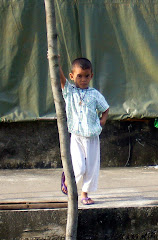








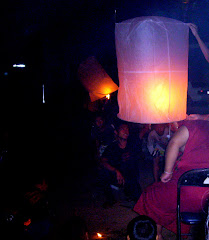

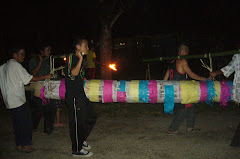
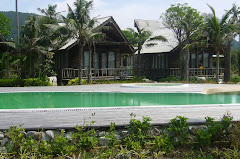
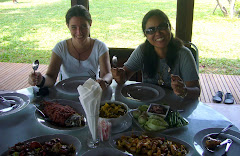
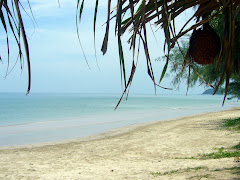
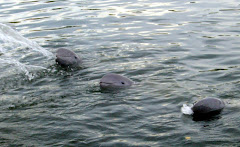
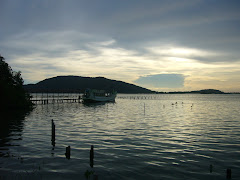
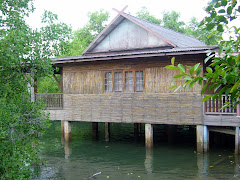
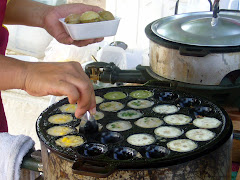
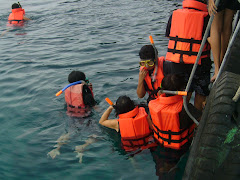
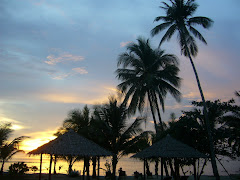
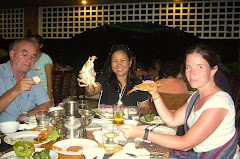
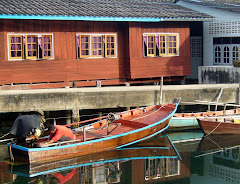
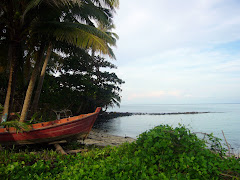
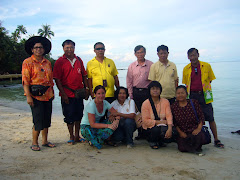
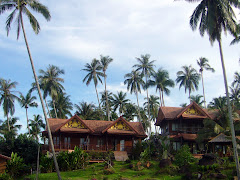
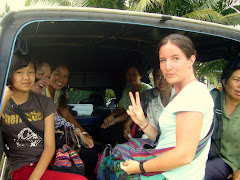
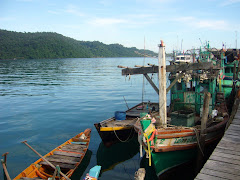
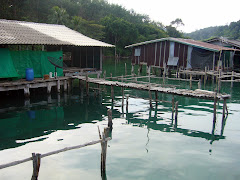
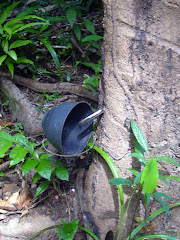

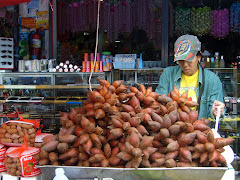
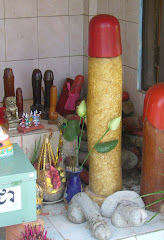
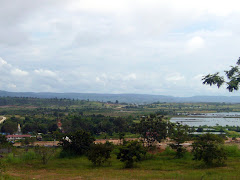
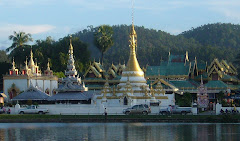
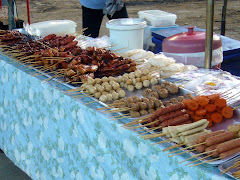
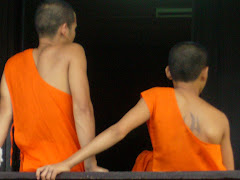
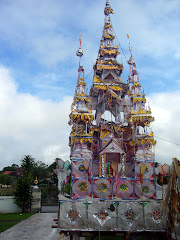
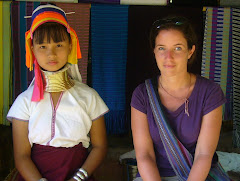
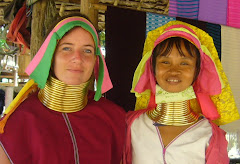
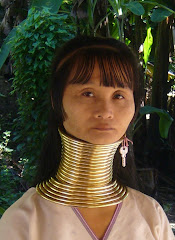
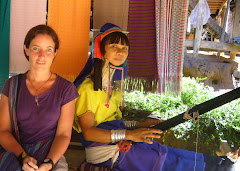
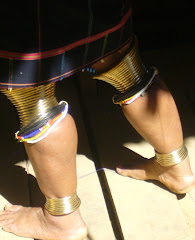
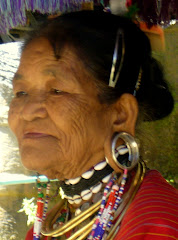
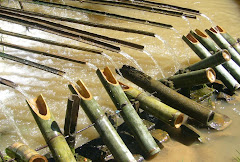
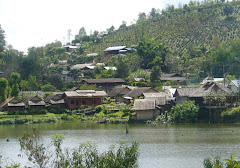
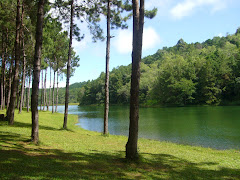
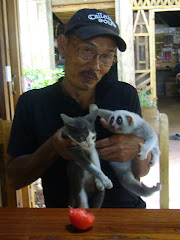
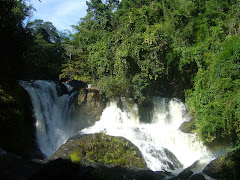
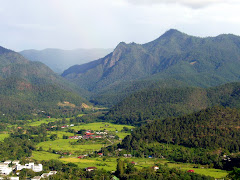
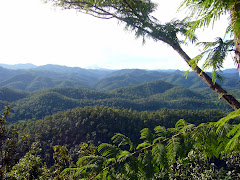
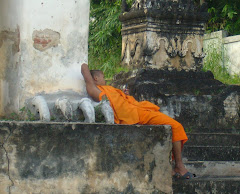
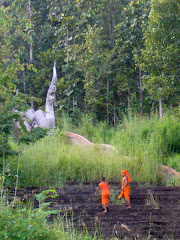
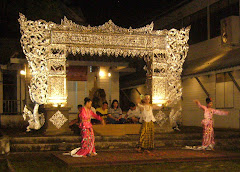
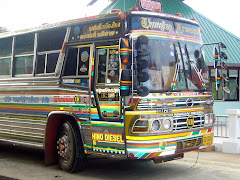
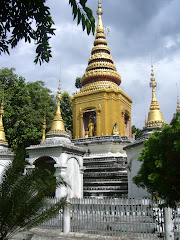
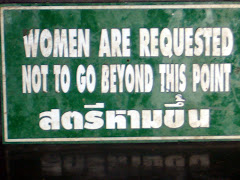






















































































































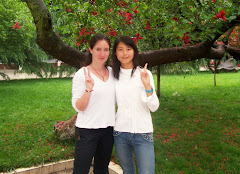
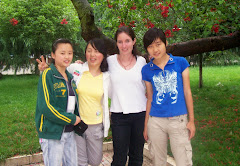












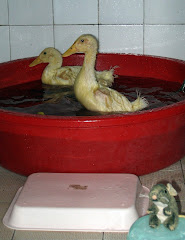


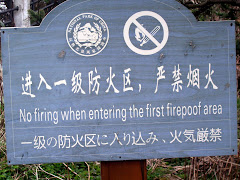
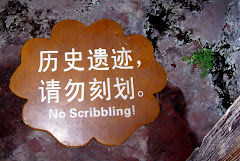
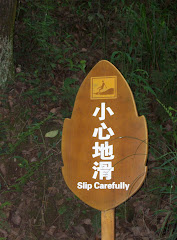
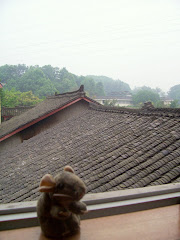
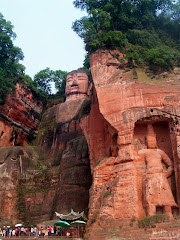
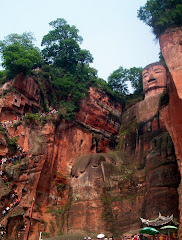
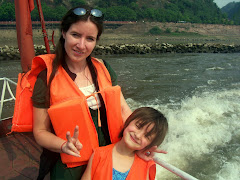
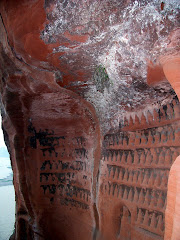
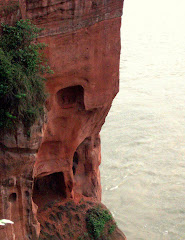
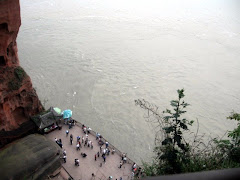
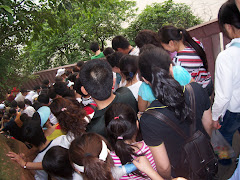
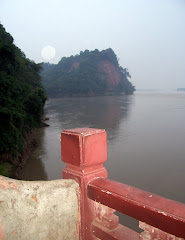
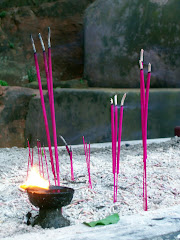
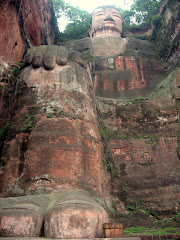
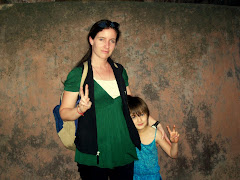
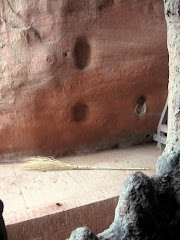
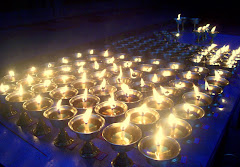
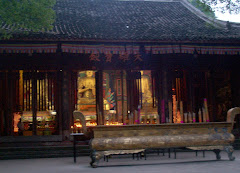
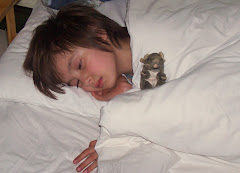

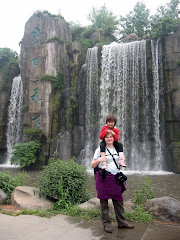
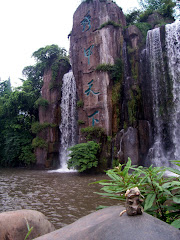
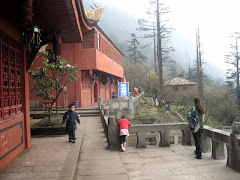

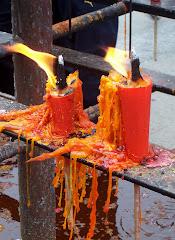
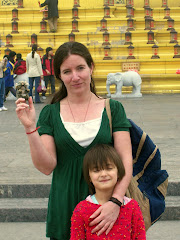
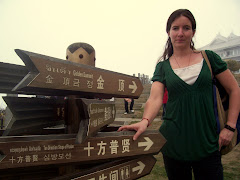

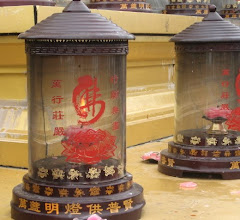
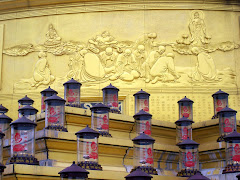

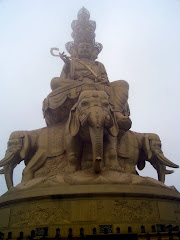
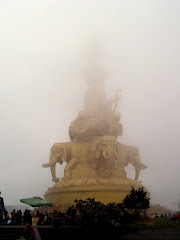

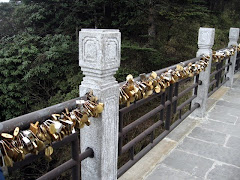

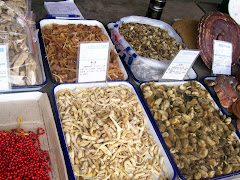
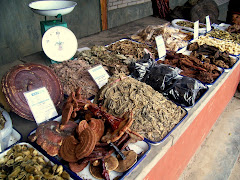
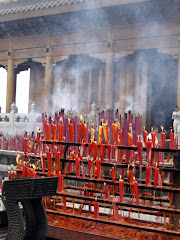
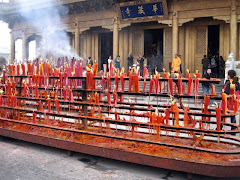
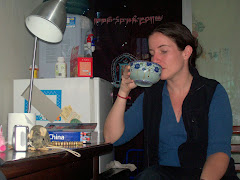







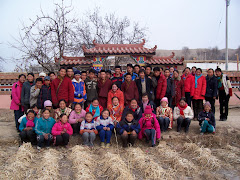
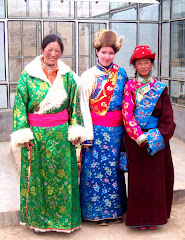
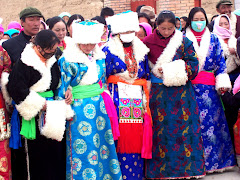
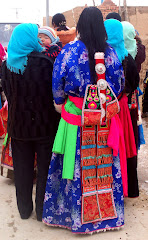
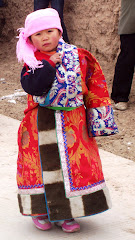
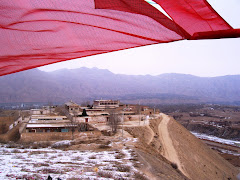


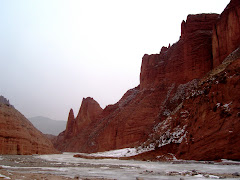
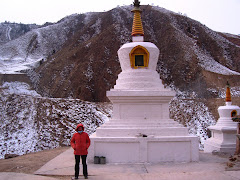

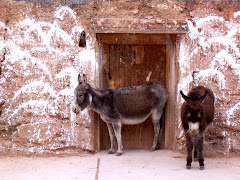

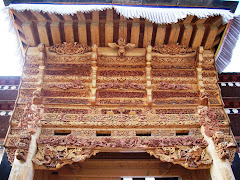
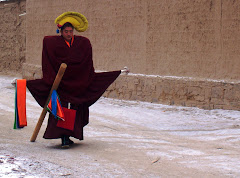
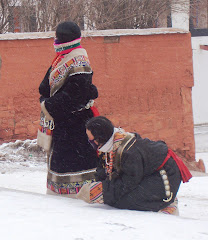
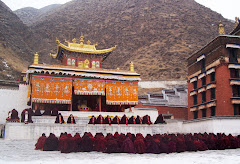
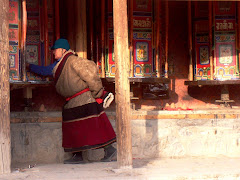
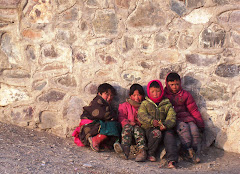
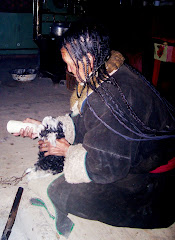
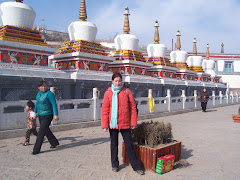
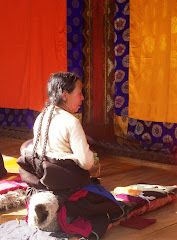
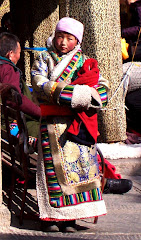
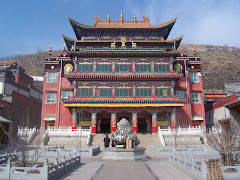
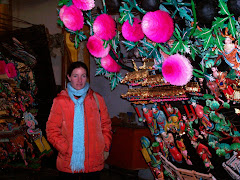
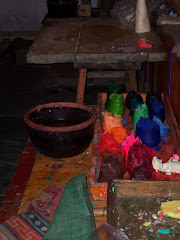
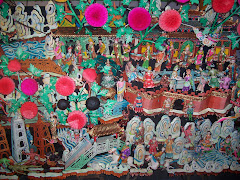
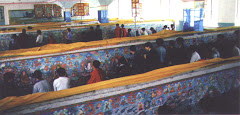
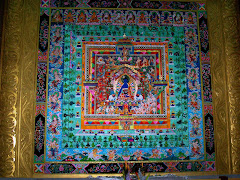
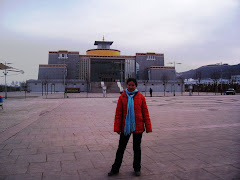

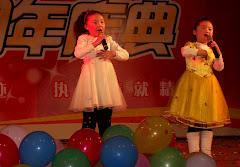
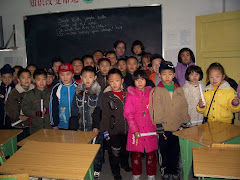
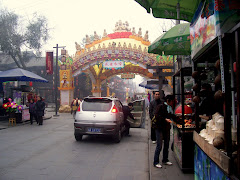
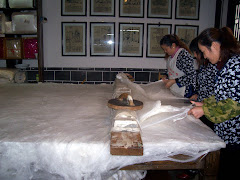
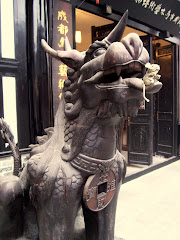

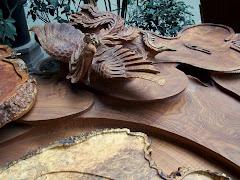
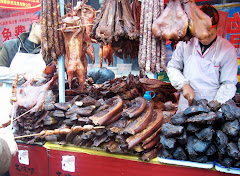

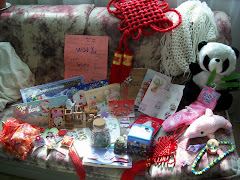


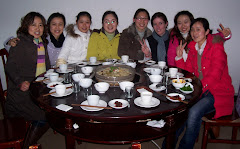
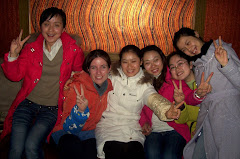




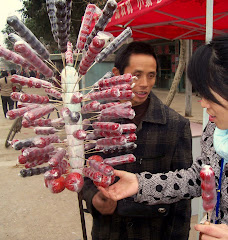
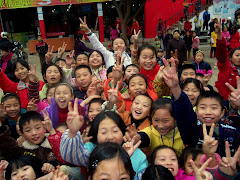
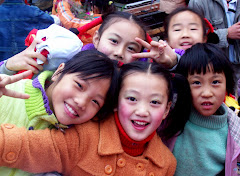

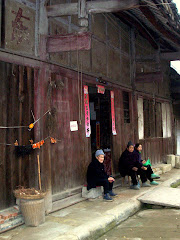
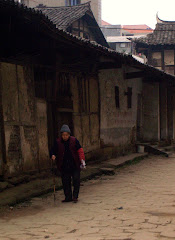
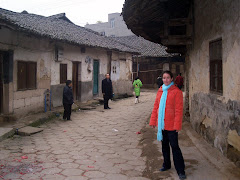
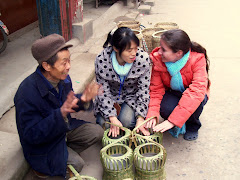
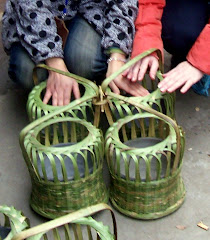
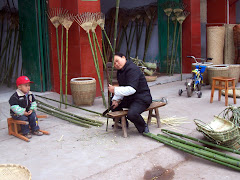
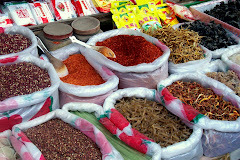
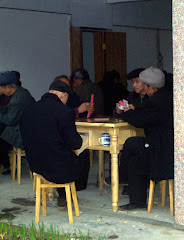
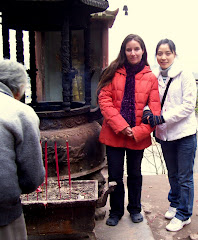
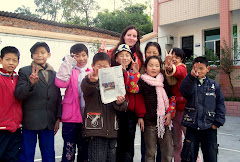


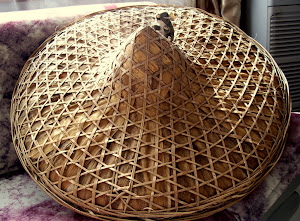
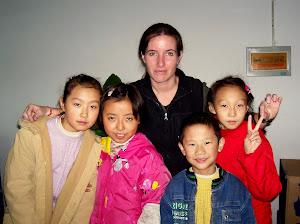
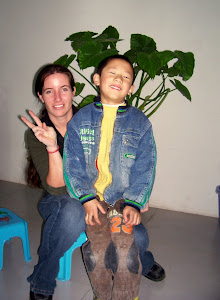
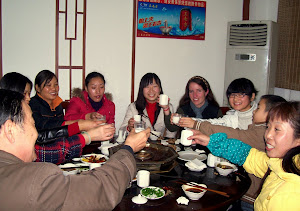
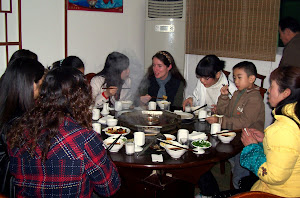

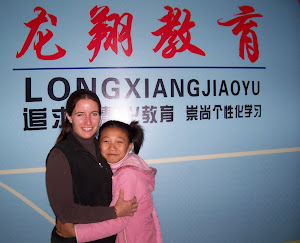
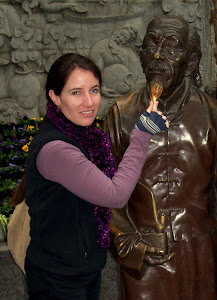
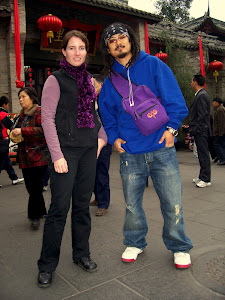

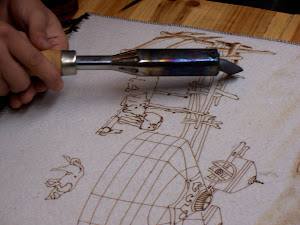
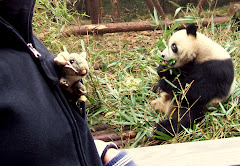


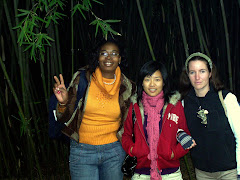
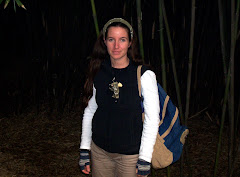
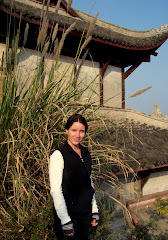

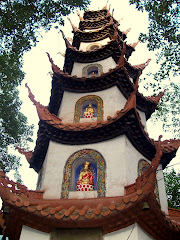

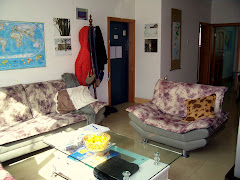
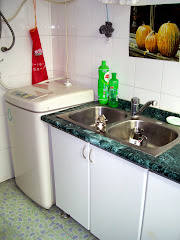
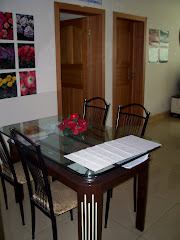
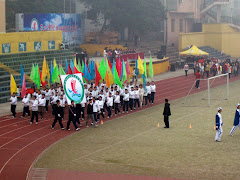
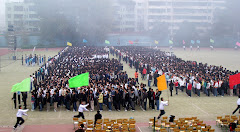
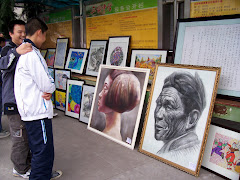
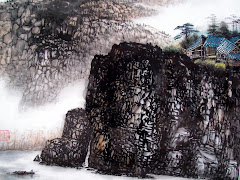
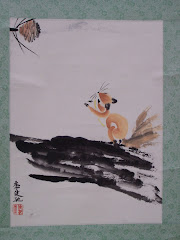
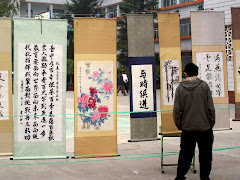
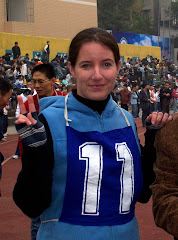
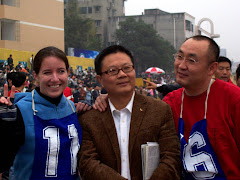
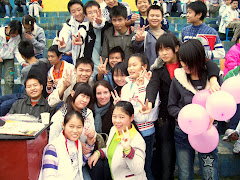
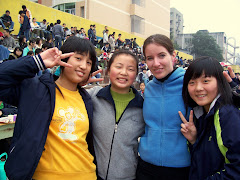
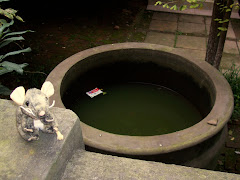
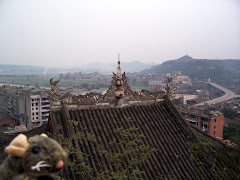

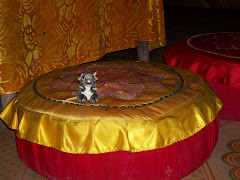
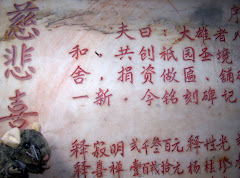
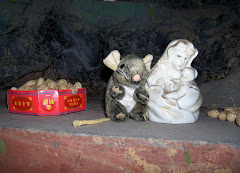
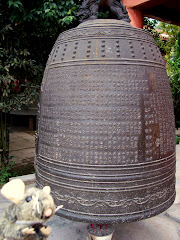

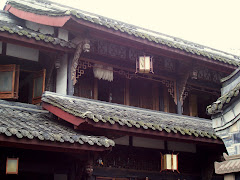
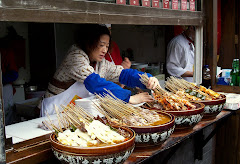

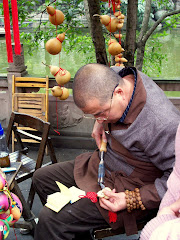
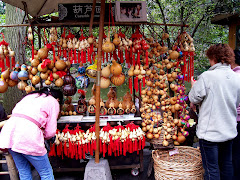
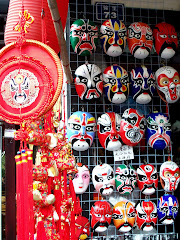
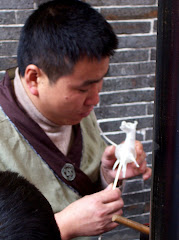

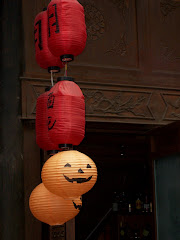
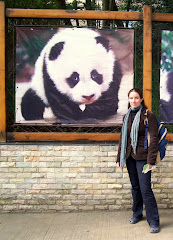

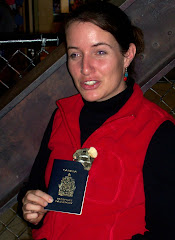
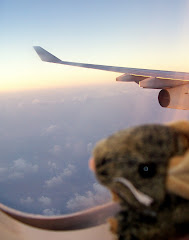
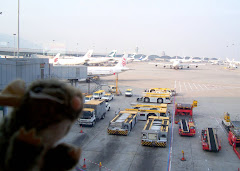
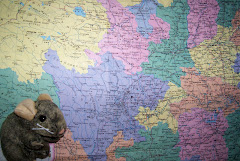
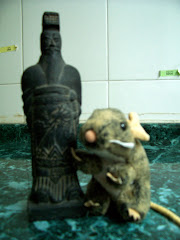
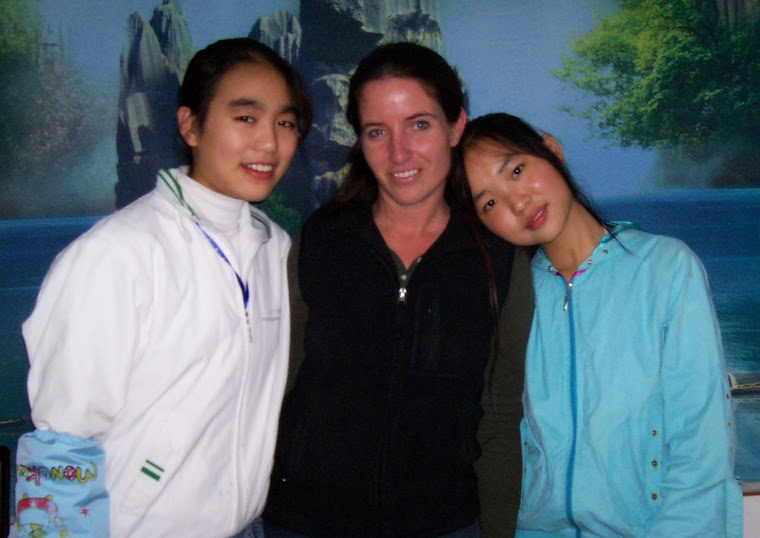
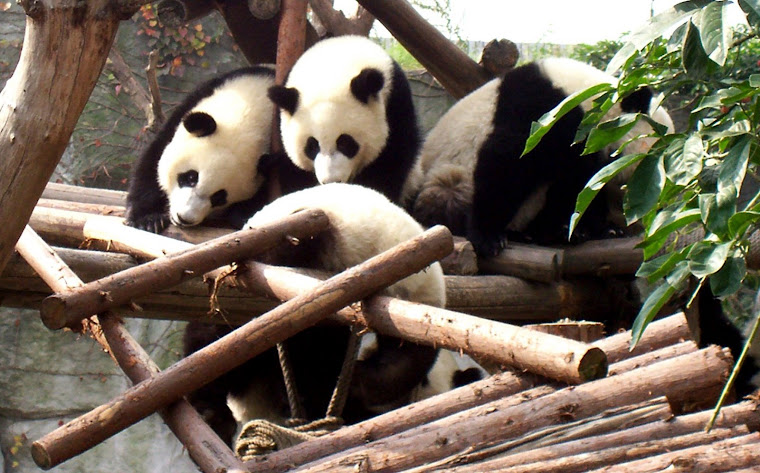
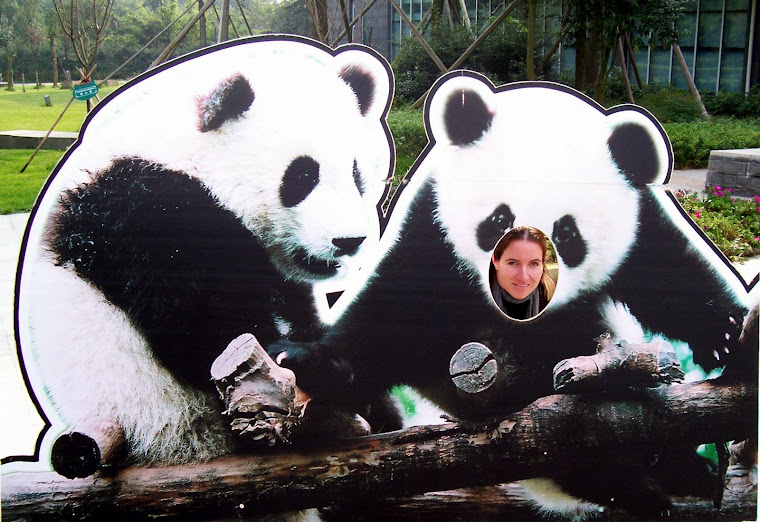
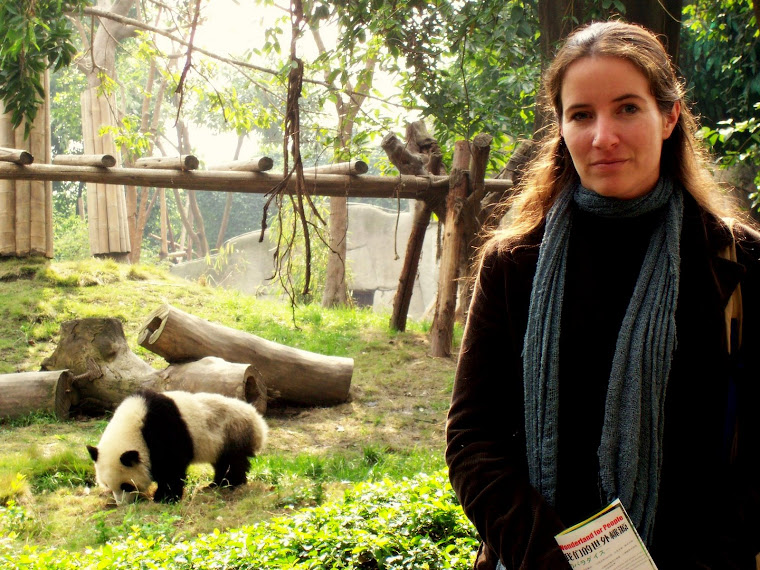
No comments:
Post a Comment